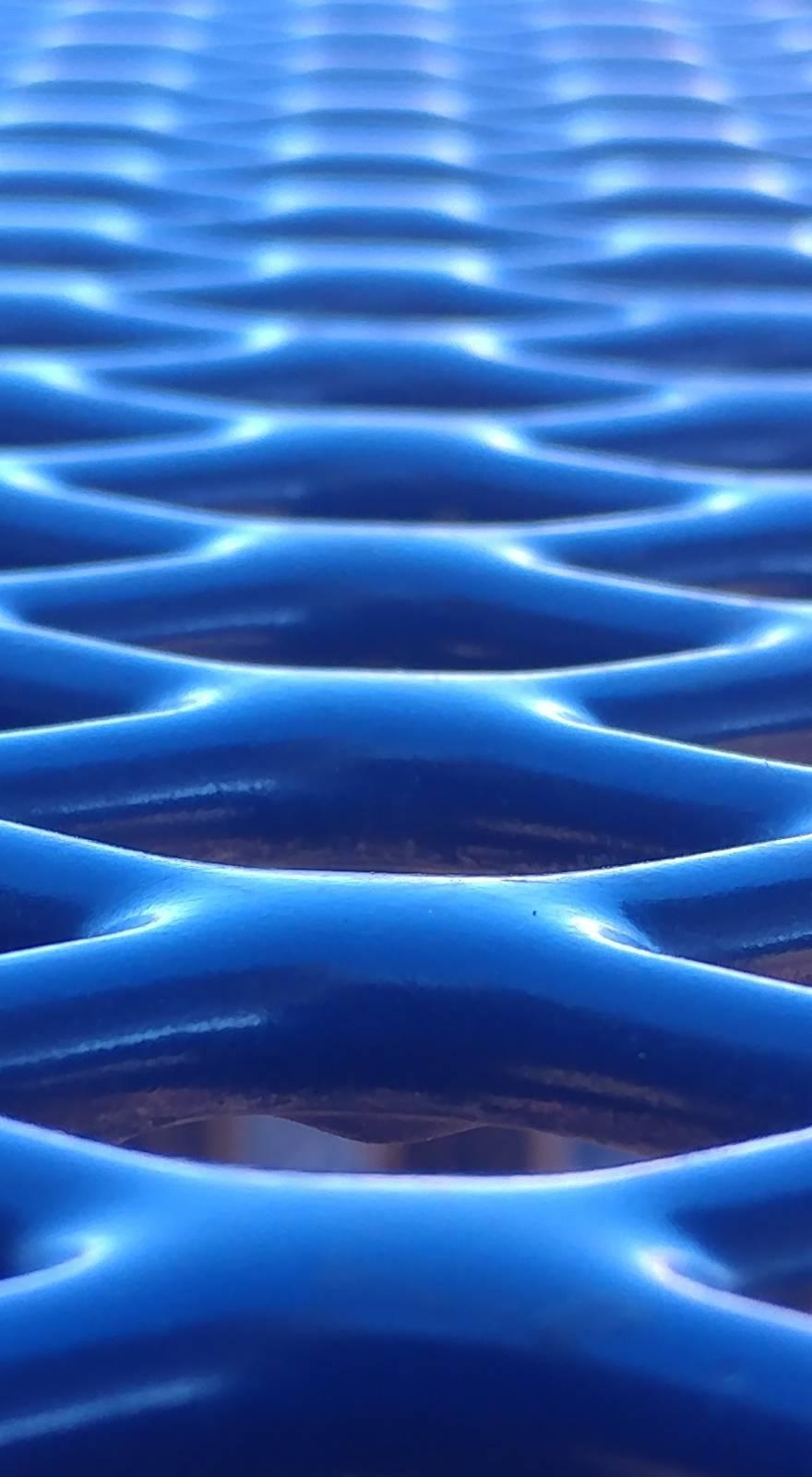Knowde Enhanced TDS
Identification & Functionality
- Chemical Family
- Chemical Name
- EC No.
- 609-405-2
- CAS No.
- 37330-39-5
- Technologies
Features & Benefits
- Base Chemicals Features
- Product Highlights
Cardanol is obtained in the distilation process of technical CNSL under reduced pressure. The composition of Cardanol contains approximately 78% of cardanol, 8% cardol, 2% polymeric material, less than <1% 2-methyl cardanol, 2.3% heptadecyl homologue triene, 3.8% heptadecyl homologue diene and the remainder other homologous phenols.
Cardanol is a phenol which has a C₁₅ unsaturated alkyl chain with 1-3 double bonds at meta position. Cardanol is a mixture of cardanol 90% and cardol 10%.
The components of commercial Cardanol differs in the degree of unsaturation of the side chain but for the practical purposes it can be represented by the following formula.
C₆H₄(OH)-(CH₂)₇-CH=CH-CH₂-CH=CH(CH₂)₂ -CH₃
The average unsaturation of about two double bonds in the side chain of the Cardanol molecules make cross linking easy and provides a satisfactory gradual drying and baking properties to paints prepared from it. Because of its peculiar structure Cardanol Varnishes have high electric Insulation, greater resistance to water, chemicals and good flexibility. The long hydrocarbon side chain has an effect on Cardanol aldehyde condensate greater solubility in drying Oils such as linseed DCO, or tung Oil and aliphatic hydrocarbons.
- Properties
One of the significant advantages of the Cardanol is its amenability to chemical modification to effect desirable structural changes so as to get specific properties for making tailor-made polymers of high value. Thus, structural changes could be effected at the hydroxyl group, on the aromatic ring and on the side chain. The unique Molecular structure of Cardanol, especially unsaturation of long Hydrocarbon side chain, makes the cross linking easy on polymerization Besides the side chain impacts hydrophobic nature to the polymer, its coating is water and weather resistant.
Applications & Uses
- Markets
- Base Chemicals End Uses
- Applications
Cardanol has an excellent properties ideal for the coating insdustry. It is widely used to manufacture Epoxy Curing Agents and other resins for paints, varnishes, laminates. It's widely used in rubber, pesticides, adhesives, mineral oils, break linings, electrical isolation putty, ink printing.
Cardanol contributes to improved flexibility, good drying after baking, high electric insulation properties and thermal stability.These properties make Cardanol an effective substitute for the petroleum-based Phenol.
The products obtained from Cardanol have many advantages over these manufactured from other substituted Phenols. It is therefore widely used in the manufacture of surface coatings, Insulating Varnishes, Oil and Alcohol soluble resins, Laminating resins, Rubber compounds, Azo dyes, etc.
Properties
- Typical Properties
| Value | Units | Test Method / Conditions | |
| Color | 5.5 | — | ASTM 1500-07 |
| Ash Content (By mass) | 0.006 | % | ASTM D 482-07 |
| Viscosity (25°C) | 61.25 | — | ASTM D 445-06 |
| Relative Density (15°C) | 0.9392 | — | ASTM D 4052-96 (2002) |
| Sediment by extraction (By Mass) | 0.02 | % | ASTM D 473-07 |
| pH Value | 5.3 | — | ASTM D 1287-91 (2002) |
| Purity | (+) | — | — |

